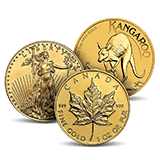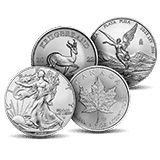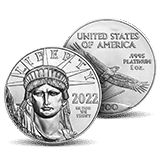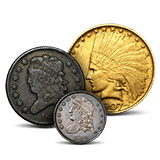
The phenomenon of currency fluctuation within failed economies presents a unique blend of challenges and opportunities for investors. These economies, marred by severe economic downturns, showcase the extreme effects of fiscal mismanagement, political instability, and external shocks on currency values. This article aims to dissect the nuances of currency behavior in these volatile environments, providing investors with the insights needed to navigate these turbulent waters with confidence and strategic insight.
Understanding the Landscape of Failed Economies
Failed economies are typically characterized by negative economic indicators: hyperinflation, spiraling debt levels, massive unemployment rates, and a sharp decline in GDP. Such conditions invariably lead to a significant erosion of confidence in the national currency, causing it to depreciate rapidly against more stable foreign currencies. For the investor, the volatility of a failed economy’s currency presents a complex matrix of risks and opportunities. Grasping the multifaceted causes of currency devaluation and the indicators of potential stabilization or further collapse is fundamental to crafting a strong investment strategy.
The Mechanics of Currency Devaluation
Currency devaluation in a failed economy can be triggered by several factors, ranging from excessive printing of money, leading to hyperinflation, to a loss of confidence among investors, prompting capital flight. The implications for investors are profound. Currency depreciation diminishes the value of holdings in the affected currency and impacts the return on investments in local assets. Conversely, such environments may also present lucrative opportunities for currency trading and investment in undervalued assets poised for recovery.
Strategic Approaches for Investors
- Comprehensive Portfolio Diversification: Amid the uncertainties of a failed economy, diversifying your investment portfolio becomes paramount. An eclectic mix of currencies, commodities, international equities, and bonds can help spread risk and protect against currency volatility.
- Hedging Strategies: Employing derivatives such as options, futures, and forward contracts can provide a hedge against the adverse movements of a failing currency. These instruments allow investors to lock in prices or rates, offering a measure of security in unpredictable markets.
- In-depth Research and Constant Vigilance: Keeping abreast of political and economic developments within countries facing economic distress is crucial. A deep understanding of the political landscape, economic policies, and external factors affecting these economies can provide critical insights for timely and informed investment decisions.
- Adopting a Long-term Investment Horizon: Recovery from economic failure is often a prolonged process. Investors with the patience to maintain a long-term perspective may discover significant value in assets that are currently undervalued but have the potential for substantial appreciation during a recovery phase.
- Leveraging Expert Analysis: Engaging with economic analysts and leveraging expert insights on failed economies can enhance your understanding of market dynamics. This can provide a clearer picture of potential investment paths and the timing of market entry or exit.
Investing in the context of a failed economy demands a sophisticated understanding of currency dynamics and a strategic, informed approach to risk management. While navigating these markets is fraught with challenges, the potential for significant returns exists for those who are well-prepared and strategically positioned. By diversifying investments, employing hedging techniques, conducting rigorous research, and maintaining a long-term view, investors can mitigate the risks associated with failed economies and capitalize on the unique opportunities they present. As with all investments, the key lies in preparation, adaptability, and a keen eye for untapped potential.





